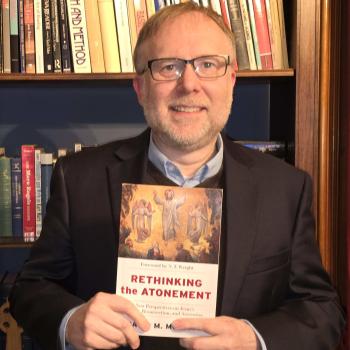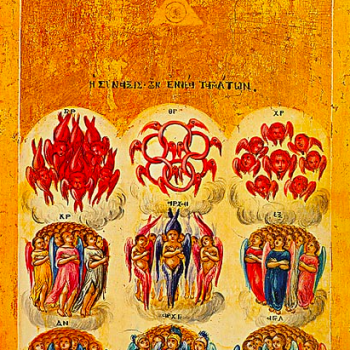Fixing Wedding Mishaps and More through the Divine Gift of Life
But that glory, as with all the other signs, is framed by the cross and the resurrection. All seven signs contain allusions to Jesus' death and resurrection, the lens through which John wants us to read his gospel (Koester, 76-77). Jesus' mysterious reference to "my hour" (2:4) refers to his future suffering and glory here as it does throughout the gospel (Jn. 12:23, 27; 13:1; 17:1).
Cana and the Cross are connected through the presence of Jesus' mother, the reference to the hour, and the outpouring of a gift beyond human deserving or making. In the miracle at the wedding at Cana, human resources are at an end. There is no more wine left. In other miracles in John, when humans have come to an end of their medical skills, supply of food, and supply of courage, Jesus heals, feeds, and comforts amid the storm. Here he supplies what is needed for the feast to continue: the gift of wine.
In the cross, the Word made flesh is coming to an end of his earthly life. His energies as a physical being are about to fade from the world. This is his hour of death. And in it God who sent him will flow into him with resurrecting power that will result in his glorification. A miracle of supply where there is only lack. Of life where there is only death. Of a beginning where there is only an ending.
Says biblical scholar Paul Meyer, "The Cana story is not primarily about a humble Galilean village wedding, but about the Bringer of divine gifts" (quoted in Gaventa, 87).
At Cana, the gift is wine. It propels us forward to the hour when the gift will be new life.
Sources Consulted
Beverly Roberts Gaventa, Mary: Glimpses of the Mother of Jesus, Chapter Four, "Cana and the Cross: The Mother of Jesus in the Gospel of John," (University of South Carolina Press, 1995).
Craig R. Koester, Symbolism in the Fourth Gospel: Meaning, Mystery, Community (Minneapolis: Fortess Press, 1995).





